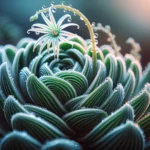Introduction to Haworthia
Welcome to the fascinating world of Haworthia! This modest yet striking genus of plants is nothing short of an indoor gardening marvel. Think of them as the jewels of the succulent family, each variety showcasing a unique pattern or texture that makes them irresistible to collectors and casual plant lovers alike. Their tough, fleshy leaves, often decorated with mesmerizing white bumps or stripes, are a testament to their enduring nature and adaptability.
Originating from the semi-arid regions of southern Africa, Haworthias have evolved to thrive in conditions that are far from forgiving. Picture this: in the wild, their robust form allows them to persist under the scorching African sun, with little water and nutrient-poor soil. It’s this hardy resilience that makes them a perfect pick for beginners who wish to bring a piece of exotic nature into their homes. Here’s a guide on indoor succulent care to help you get started.
But it’s not just about survival; Haworthias are also about visual appeal. Imagine a constellation of star-like rosettes gracing your windowsill or a quaint terrarium, each leaf, a universe of intricate detail waiting to be explored. And the best part? Their slow-growing nature means you can enjoy their beauty without constant upkeep, making them a hassle-free addition to any indoor garden oasis.
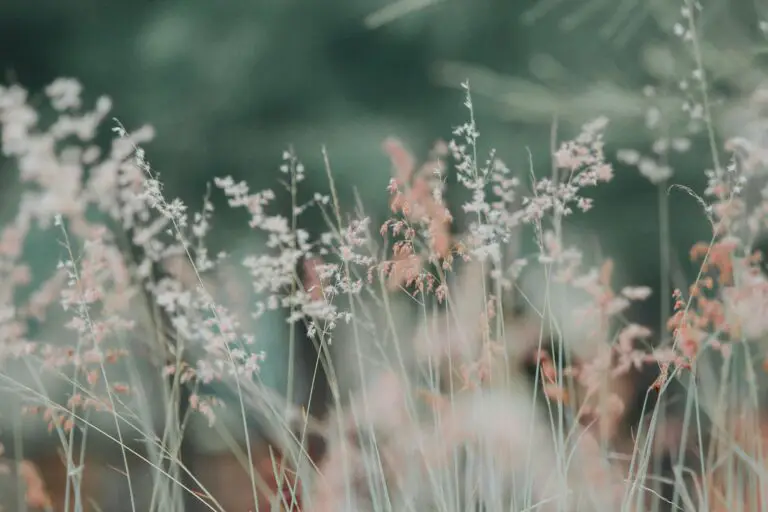
For those just dipping their toes into the rewarding realm of plant parenting, Haworthia represents not just a plant but a journey. From its tenacious survival in the wild to becoming a beloved fixture in homes, it carries with it stories of resilience, beauty, and the art of care. So let’s embark on this journey together and discover the simple joys of nurturing these green treasures.
Optimal Growing Conditions
Imagine yourself in the lush landscapes of South Africa, where Haworthias call home. You can bring a piece of this exotic allure into your living space by providing the ideal conditions for your Haworthia. It’s all about mirroring the natural semi-desert habitat they thrive in to grow a vibrant, healthy plant.
First off, let’s talk about lighting up your Haworthia’s life: light. These little botanical gems prefer bright but indirect lights, like a softly lit corner of your bookshelf or a sunny spot on your desk shielded by sheer curtains. Direct sunlight can be a bit too much drama, giving your plant a sunburn. If you’re looking for a window that suits them best, east or north-facing ones are their jam.

When it’s about the warmth of your love—or should I say, temperature—keep it cool to moderate. Haworthias are like those friends who enjoy a good sweater weather, thriving in temperatures ranging from 65 to 80 degrees Fahrenheit (18 to 27 degrees Celsius). If winter turns your home into an ice palace, ensure to keep your green pals away from frosty windowsills—it could be a chilling experience for them!
As for humidity, think of a day in the Sahara rather than a steamy tropical jungle. They like it dry, so save your mist for your orchids. Yet, this isn’t a complete no-go zone. If you’re a bathroom singer, a Haworthia can enjoy the occasional shower tune as long as there’s proper ventilation to wick away excess moisture.
And here’s a pro tip: The Spruce’s trivia on Haworthia care can enlighten you further on their preferred living conditions. If you want to dive deeper into this subject, I would recommend checking out this insightful article on Haworthia retusa, another succulent sensation that may pique your interest.
Striking the right balance with these elements isn’t just about avoiding gardening pitfalls, it’s about ensuring your Haworthia feels like it’s sunbathing on the cliffs of Dragon’s Back than striving in the bustling streets of New York. So, get the conditions right, and your little succulent oasis will flourish.
Watering Your Haworthia
When it comes to nurturing a Haworthia, water is a precious commodity. Too much love in liquid form can lead to root rot, while too little leaves your plant withered like a desert wanderer’s last hope. Establishing a proper watering schedule is akin to hitting the bullseye in plant care archery – it’s about precision and balance.
First, let’s talk thirst cues. Is your Haworthia sending out an SOS with leaves curling inward as if holding its breath? Or perhaps the tips have become brown and crunchy like autumn leaves underfoot? These are classic signs of a plant screaming for hydration. On the flip side, if your green buddy’s leaves are bloating faster than a sponge in the sea, you might be drowning it in too much H2O.
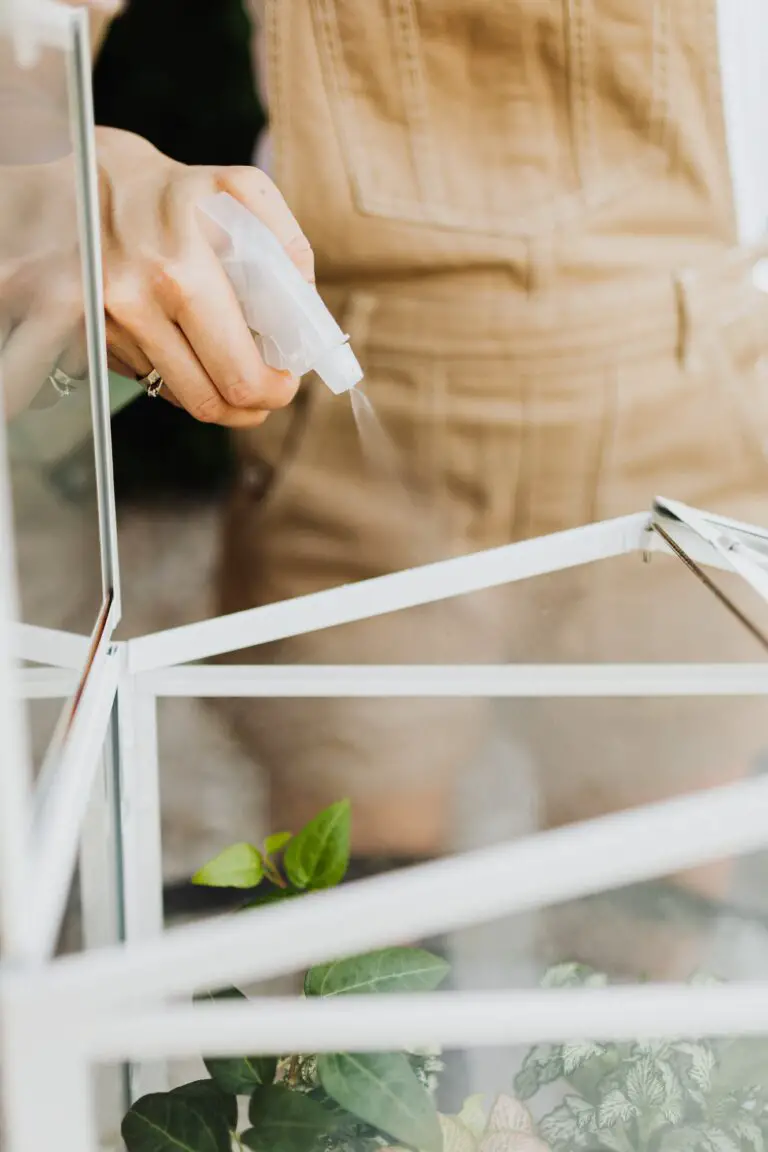
Mastering the art of watering isn’t something you’ll achieve overnight. It’s an act of mindfulness. Take our friend Lucy the Haworthia, for instance. Her leaves were plump and jolly, much like the succulent she is. But one fateful winter, Lucy’s caretaker got carried away with holiday cheer and watering. The result? A lethargic plant, its roots swimming in excess moisture. A grim reminder: moderation is key.
Now, you might be wondering, what’s the secret to avoiding these common watering pitfalls? It’s simpler than you might think – the ‘soak and dry’ method. Wait for the soil to dry out completely before giving your plant a thorough drink. You’ll encourage hardy root growth instead of a lazy, waterlogged system. And remember, your Haworthia is a survivor, hailing from the arid regions of South Africa. Its plump leaves are reservoirs of moisture, adapting through extreme thirsts.
For further insights into the mysteries of Haworthia care, take a look at this comprehensive guide on succulent care. And if you’re looking to expand your succulent knowledge beyond just Haworthia, consider checking our in-depth guide for perfect plant growth tips.
Best Soil Mixtures for Haworthia
When it comes to cultivating Haworthia, the key to success lies beneath the surface—yes, we’re talking about the soil! This plucky little succulent demands a soil mixture that’s as unique as the striking patterns on its leaves. If you’re envisioning your Haworthia as the star of the windowsill, thriving like a green celebrity, then get ready to mix up the paparazzi of soil blends.

First off, let’s talk drainage. Haworthia, like many succulents, loves a good, well-draining substrate. Imagine water flowing through the pot like a smooth conversation—nothing sticks and no awkward pauses. That’s how your Haworthia wants its water to pass by, quick and refreshing. Let’s dive into the types of soil that make this possible.
One stellar mix is a combination of cactus potting soil, coarse sand, and perlite in equal thirds. The cactus soil provides a nutrient-rich foundation, the coarse sand adds the “gritty” to the gossip, ensuring breathability, and the perlite? It’s the life of the party, improving air flow and water drainage. It’s like crafting a gourmet meal for your plants—each ingredient plays its part in the perfect bite.
If you’re feeling the DIY spirit, another blend to whisper about involves potting soil, pumice, and finely chopped pine bark. This concoction brings together the balanced nutrition of potting soil, the astounding drainage of pumice, and the organic touch of pine bark, which whispers tales of forest floors and natural habitats to your Haworthia.
But why stop at great when you can be exceptional? For those with a passion for succulent success, it’s worth considering adding a scoop of activated charcoal to the mix. This not only improves drainage but also wicks away any toxins that dare crash your plant’s party—your Haworthia’s roots will surely appreciate the VIP treatment.
Now, let’s put this into a real-life scenario. Picture Sarah, a beginner plant enthusiast who dreaded the thought of re-potting her new Haworthia. With a simple blend of these soil components, her plant not only survived the transition but flourished, turning into the talk of her plant-loving friends. It’s soil mixes like these that transform a rookie into a green-thumbed gossip to be reckoned with.
By choosing the right soil mix, you’re setting the stage for your Haworthia to be the thriving center of attention it’s meant to be. No need for encore performances; with this substrate, every day is a standing ovation for resilience and beauty.
Lighting Needs for Robust Growth
When you’re diving into the world of Haworthia, understanding the sunshine playbook is elementary for their prosperity. These succulent superstars crave bright, indirect light to showcase their full glory. Imagine them as the understudies to the sun’s spotlight, relishing in the glow without taking center stage. Picture this—much like an artist’s studio soaked in the soft, northern light, your Haworthia yearns for that sweet spot where it’s bathed in luminance, yet shielded from the harsh midday sun.

Now, let’s talk defense. You want to prevent the dreaded sunburn, a real risk when your plant gets too much direct sun. A tinge of color might look nice on you after a beach day, but for Haworthia, it’s the kiss of death. Consider sheer curtains as a knight’s armor, protecting your green buddy from the fiery arrows of sunlight. They’ll filter the light, creating a safe haven for your plant to thrive, just like sunscreen does for a surfer catching waves at high noon.
Indoor growth is a whole new ball game, and artificial lighting can become your MVP. If your pad lacks those big, beautiful windows, or you’re dwelling in a cozy north-facing nook, fear not. A simple grow light can mimic the sun’s embrace, offering your Haworthia the life-giving rays it craves. It’s like having a personal spotlight for your plant, ensuring it never misses its cue to flourish.
Embrace these lighting tips, and watch as your Haworthia not only survives but thrives, turning your home into a verdant oasis that’s the envy of plant lovers everywhere. Let the light in, but keep it gentle – your green companion will thank you with vigorous, robust growth that’s a testament to your nurturing care.
Fertilizing Practices
Getting the fertilizing right for your Haworthia can be the difference between a just-surviving plant and a truly thriving one. In the spirit of making your Haworthia the healthiest and happiest it can be, let’s dive into the key details of feeding this hardy little succulent.
First off, timing is important, but fret not; these resilient plants don’t require a strict schedule. Stick to fertilizing during the growing season—typically spring and summer. Imagine a dinner bell for plants, and for Haworthia, it rings with the warmer weather. Avoid feeding during dormancy in the colder months, as it’s their time to rest, just like bears hibernating, except they don’t growl if you disturb them!
When it comes to choosing fertilizer, think of it like a diet plan for your plant. Haworthias do well with a balanced half-strength fertilizer. It’s like giving them a home-cooked meal compared to fast food; it’s gentle and doesn’t overwhelm them. Specific fertilizers meant for cacti and succulents can be your best bet—they’re the plant equivalent of a nutrient-packed smoothie.
But here’s the scoop on application: overfeeding is a big no-no. It’s tempting to shower your plant babies with love in the form of extra nutrients, but resist! Too much fertilizer can cause harm, leading potentially to fertilizer burn, which is like a nasty sunburn for roots. Stick to the ‘less is more’ approach, lightly sprinkling the fertilizer into the soil every month or so during the active growth period.
And remember, there are fertilizers you should definitely steer clear of—those high in urea or super high concentrations. They’re like giving your Haworthia a triple espresso—it’s just too much of a jolt. Organic options, such as worm castings or fish emulsion, can work as a light spa treatment, enhancing soil health without the risk of chemical burns.
Take a cue from the video above for visual guidance on the fertilization process. Watching a fellow enthusiast demonstrate will give you confidence and might just save you from making a common mistake. So, there you have it—keep these fertilizing practices in mind and you’ll be on your way to nurturing a robust and beaming Haworthia plant!
Pruning and Maintenance
Caring for a Haworthia can be likened to nurturing a precious gem – it requires a gentle touch and an eye for detail. And just like sculpting a masterpiece, the art of pruning is essential for showcasing the plant’s innate beauty. Let’s dive into the low-stress world of Haworthia maintenance and discover how a few trimmings here and there contribute to a happier, healthier plant life.
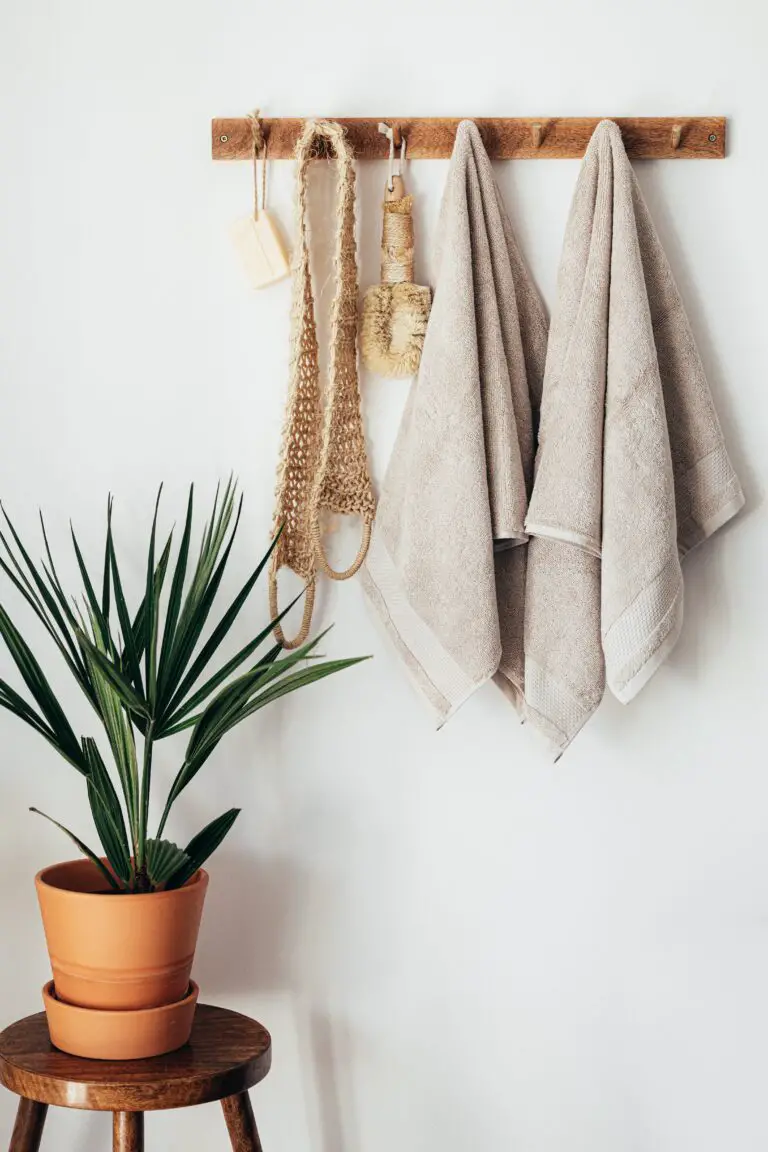
First off, you might ask, “How often do I need to play barber for my Haworthia?” Well, imagine this: it’s like giving your plant a spa day, perhaps once every season. Keep an eye out for the telltale signs of leaves that have lived their life – perhaps they’re a bit crispy, lack that vibrant green, or just look plain tired. These are the ones holding a golden ticket to be snipped away. By removing the old, you’re giving room for the new – encouraging fresh growth and preventing any excess energy being wasted on the parts of the plant that are no longer flourishing.
Speaking of snipping, always reach for a clean, sharp pair of scissors or pruning shears. Remember, we’re giving our Haworthia a trim fit for royalty, not a hack job. And when you do cut, do so at the base of the leaf, near the soil line. This helps the plant heal faster and reduces the risk of damage. Plus, it leaves your Haworthia looking pristine and cared for!
But what about when you see a dead leaf that’s snug as a bug between healthy ones? Ask yourself, “Would an unassuming tug do?” If you’re not forcing it, and the leaf comes away with a gentle pull, it means it’s done its time, and you’re simply assisting in its natural departure. This is nature’s way of saying, “Let’s keep things tidy,” allowing space for the lush, green tenants to play their part.
Lastly, your daily dose of love for your plant should include checking the soil moisture, ensuring it’s not waterlogged – Haworthias dislike soggy shoes, just like us! A dab of water when the soil is dry is perfect. Keep these rambunctious sun lovers in bright, indirect light, and you’ll be the talk of the town (or at least among your plant buddies) with your Haworthia looking dapper and divine.
There you have it, a pocketful of tips to maintain your green friend. Remember, it’s not just about the aesthetics; it’s about providing a supportive environment for growth and vitality. By pruning and maintaining your Haworthia with care, you’re becoming an integral part of its story.
Problem-Solving: Pests and Diseases
Are your Haworthia plants looking under the weather? It might be more than just a bad day; pests and diseases could be crashing the party. Let’s turn that frown upside down for your succulent friends. Identifying the culprits, taking preventive measures, and implementing treatment strategies is your mission, should you choose to accept it.
Common Culprits: Pests
Moving in without an invitation, pesky pests like aphids, mealybugs, and spider mites can turn your haworthia’s once tranquil existence into a nightmare. Picture this: you wake up to find your once perky plant covered in webbing, courtesy of the spider mites, or sticky with sap thanks to aphids’ unquenchable thirst. Worse yet, mealybugs could be throwing a white, fluffy party at your plant’s expense.
Fight Back: Prevention and Control
Let’s get down to brass tacks. Prevention is better than cure, so keep a keen eye with regular check-ups. Quarantine new plants to prevent an outbreak. Imagine a bouncer not letting riff-raff into your plant club. If these pesky pests slip past your defenses, reach for insecticidal soap or neem oil, akin to unleashing your plant’s personal bodyguards.
Treatment Tactics
If prevention fails, it’s time for some targeted tactics. You’re the plant’s superhero, swooping in with a cotton swab dipped in alcohol to banish mealybugs or a spritz of water for the mites. For severe cases, systemic insecticides can be the equivalent of calling in the special forces for backup.
And for a real-life case study on deploying your green thumb in the battle against these invaders, check this out:
Remember, your goal is to create a sanctuary for your Haworthia—a pest-free utopia where they can thrive and flaunt their beauty, uninterrupted. With the right knowledge and tools, you can keep pests and diseases at bay, ensuring that your succulents remain healthy and vibrant members of your plant collection. Stay vigilant, be persistent, and your plants will thank you by growing strong and beautiful.
Propagating Haworthia
So, you’re looking to multiply your succulent collection, particularly that resilient and fascinating Haworthia, aren’t you? Well, gather around, green thumbs, because we’re diving into the world of propagation where little cuttings sprout into full-grown plants. It’s like magic, but better – it’s botany!
Firstly, let’s talk offsets. These are the “babies” that your Haworthia naturally produces, and they’re the easiest way to get new plants. Once your parent plant is populating the pot with little clones, it’s time to play plant surgeon. Wait until these offsets are a good size – about a third of the parent – then gently tease them away from the mother plant with a clean cut. This method has a high success rate, and before you know it, your windowsill could turn into a Haworthia haven.
What if your plant isn’t producing offsets? Fear not! Leaf cuttings are another route. Choose a healthy, plump leaf and snip it at the base. The key here is to let the cut end callous over for a few days to avoid rot when planting. Once calloused, nestle your leaf cutting into a mix of succulent soil and sand, and keep it lightly moist. Patience is your best friend here; roots will eventually find their way, and a tiny replica of your cherished Haworthia will emerge, triumphantly.
Lastly, brave souls may venture into the world of seeds. It’s a test of patience and dedication. After pollination, when your Haworthia flowers and seeds, collect these tiny prospects of greenery. Sprinkle them over moist succulent mix, provide gentle warmth, and cover with a plastic top to create a miniature greenhouse effect. Like watching paint dry, only a lot more rewarding, you’ll eventually see seedlings that beckon a new generation into your collection.
As with all things succulent, remember the golden rules: don’t overwater, provide plenty of light, and ensure good drainage. Sound simple? It is! Follow these tenets, and you’ll be a propagating maven in no time. Take a cue from Jenny’s balcony story – a single Haworthia turned into a cascade of succulent splendor through diligent propagation. Now, she’s got tiny green jewels dangling from every corner, a testament to the success of these methods.
Watch and Learn: Propagation in Action!
Still confused? Don’t be! I’ve found a video that distills the process into clear, manageable steps. Whether a visual learner or someone seeking reassurance, this tutorial is your guiding light in the propagation journey. Click play and watch your confidence grow as your Haworthia does:
Remember, whether you’re a beginner or a well-versed plant enthusiast, propagating Haworthia offers an enriching experience. It’s a blend of art and science that pays off with an array of new plants to cherish or share. So, what are you waiting for? Let’s get propagating!
Repotting Essentials
Just like we outgrow our homes, so do our Haworthias. They’re not one to make a fuss, but to keep them thriving, it’s repotting time! When their roots start peeking out like a kid’s toes from an outgrown shoe, it’s a clear sign your succulent buddy needs a new pad. Typically, this happens every couple of years, but keep an eye out because each plant is as unique as you and me—some may need more frequent moves!
Now, let’s get down to the nitty-gritty of how to repot Haworthia. The best time? Spring or early summer—when your little green friend is waking up from its winter slumber and ready to stretch its roots. Gently introduce it to its new home, being careful not to damage those tender roots. Think of it like a tea party; everything should be gentle and precise.
Choosing the right pot size is like picking the perfect pair of jeans—it needs to fit just right! A pot too big, and your Haworthia may sulk in all that extra space, while a snug fit can feel like a comforting hug. Aim for a pot that’s a smidge larger than the current one. A good rule of thumb is about an inch or two of breathing room around the edges to give your plant space to grow without feeling lost at sea.
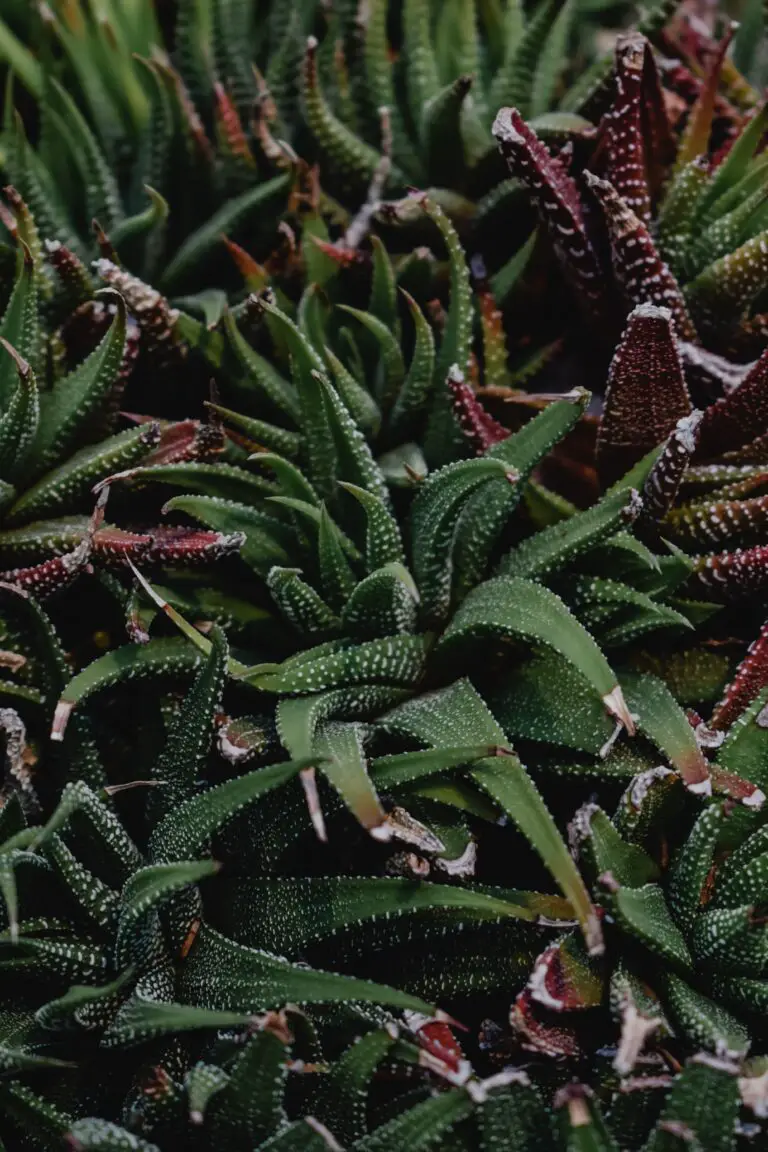
After the move, it’s all about the recovery. Don’t rush into watering; give your plant a chance to settle in and heal any potential root boo-boos. After about a week, you can introduce water but think of it as a drizzle, not a downpour. Keep clicking photos because, within a few weeks, you’ll be witnesses to a mini growth spurt that’s as delightful as a puppy’s first bark!
Remember, while the process may seem a bit daunting, think of it as nurturing a friendship. It takes time, care, and a little bit of effort to help your Haworthia grow strong and healthy in its new home. With your help, it’ll soon be bursting with zest and ready to show off its fresh, green style. So roll up those sleeves, and let’s get potting!
Frequently Asked Questions
Anyone who’s tried to grow plants knows that sometimes, you can feel like you’re in a botanical version of a ‘whodunit’ mystery. Why are the leaves turning brown? Is it getting too much sun, or not enough? With Haworthia, these little succulent detectives are fairly easy to care for, but let’s dig into some common head-scratchers that might arise.
How Often Should I Water My Haworthia?
Picture this: You’re a Haworthia sitting in dry soil, minding your own business, when suddenly—splash!—a deluge of water comes pouring down. Your roots soak up the moisture eagerly, like a desert wanderer finding an oasis. This isn’t a scene from a plant-based thriller, but it might as well be for your Haworthia. These drought-loving plants need a drink only when the soil is completely dry. Over-watering is like sending them to a waterlogged grave, so we want to avoid that!
Does My Haworthia Need a Lot of Sunlight?
Imagine basking in the gentle glow of the morning sun—feels nice, doesn’t it? Your Haworthia thinks so too. These succulents enjoy indirect sunlight or partial shade, thriving like a sunscreen-clad beachgoer under an umbrella. Too much direct sunlight is akin to forgetting your SPF 50 at home—sunburn city! So give them that sweet spot of sunshine, and they’ll thank you by staying a gorgeous green.
What Kind of Potting Mix Should I Use?
Let’s set the scene: a gritty detective drama, but your Haworthia is the detective, and it’s sifting through dirt…literally. These plants need a well-draining mix that gets rid of excess water faster than you can say, “Elementary, my dear Watson.” A potting mix with perlite or sand mixed in will make for the perfect ‘crime scene’ for your little plant detective to thrive.
How Do I Deal With Pests on My Haworthia?
In the film noir of houseplant dramas, pests are the sneaky villains lurking in the shadows. Mealybugs and spider mites can come in for a surprise attack, leaving you with a troubled Haworthia. Keep your eyes peeled for these unwelcome critters and use insecticidal soap or neem oil as your plant’s personal bodyguard. Regular inspections are key—keep your Haworthia out of a ‘buggy’ situation.

What Are the Signs of a Healthy Haworthia?
You’ll know your Haworthia is living its best life when it sports firm, plump leaves and shows steady growth. A happy, healthy plant is like a well-trained athlete—it looks good and performs well. If your Haworthia is putting on a sad, wilted performance, it might be time to reassess its care routine and make sure you’re not over or under-doing anything on the plant-care spectrum.
With these FAQs in your gardening toolkit, you’ll no longer be the befuddled botanist, but rather the Haworthia hero, ready to tackle any leafy challenge that comes your way! Remember, every plant is unique, so keep a keen eye on your succulent sidekick’s signals, and you’ll both be thriving in no time.


